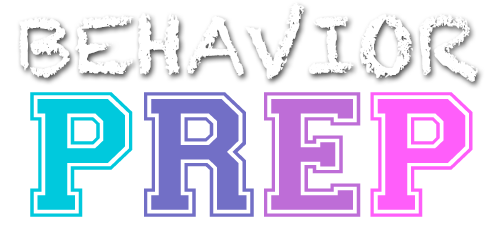D.1 Distinguish between dependent and independent variables
In applied behavior analysis (ABA), it is essential to distinguish between dependent and independent variables. Here’s a definition for each, along with examples:
Dependent Variable
The dependent variable is the behavior or response measured or observed in a study. The variable is expected to change because of manipulating or controlling the independent variable. In other words, the dependent variable is the outcome or the behavior that is influenced by the independent variable.
Example 1: In a study on the effectiveness of a teaching method on academic performance, the dependent variable would be the students’ test scores. The researchers would be interested in examining how the independent variable (teaching method) affects the dependent variable (test scores).
Example 2: In a research study investigating the effects of reinforcement on task completion time, the dependent variable would be the time taken to complete a task. The researchers would manipulate the independent variable (reinforcement) and measure its impact on the dependent variable (task completion time).
Independent Variable
The independent variable is the variable that is manipulated or controlled by the experimenter. It is the variable that is believed to influence the dependent variable. The purpose of manipulating the independent variable is to examine its influence on the dependent variable.
Example 1: In a study investigating the effects of different types of praise on behavior, the independent variable would be the type of praise given to the participants. The researcher might manipulate the independent variable by providing specific types of praise (e.g., verbal praise, tangible rewards) and observe their impact on the dependent variable (behavior).
Example 2: In a research study examining the impact of environmental factors on eating behavior, the independent variable could be the presence or absence of certain food cues in the environment. The researcher might manipulate the independent variable by exposing participants to different environments (e.g., with or without food cues) and measure its effect on the dependent variable (eating behavior).
In summary, the dependent variable is the behavior or response being measured or observed, while the independent variable is the variable that is manipulated to examine its influence on the dependent variable.
